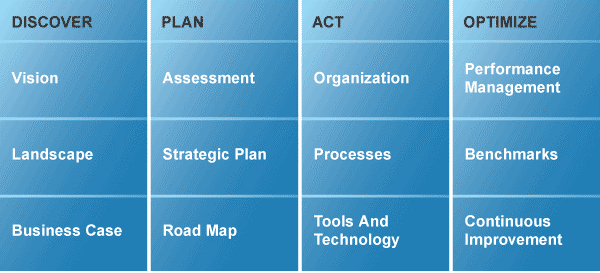Streamline Your BI Strategy With Forrester’s BI Playbook
CEOs and other senior executives must identify ways to improve their enterprise performance by boosting profitability, raising market share, and leapfrogging competitors. But achieving these objectives is not as simple as just looking at the numbers. What about nonfinancial measures (e.g., customer loyalty and employee satisfaction) that don’t show up in financial accounting? How do you quickly and efficiently get the full 360-degree view of your business?
In order to execute their business strategy, business and IT execs need a business-focused, strategic, and pragmatic way to measure their finances and operations — popularly referred to as business intelligence (BI). Without such measurements — supported by enterprisewide BI deployments — businesses can’t link operational results to strategy. Organizations will also find it difficult to get a coherent view of their internal and external processes, customers, logistics, operations, and finances.
However, most firms struggle with BI strategies and programs because turning data into information is an open-ended concept. They frequently go in the wrong direction because of traditional (and often outdated) views and approaches and a focus on technology instead of business, which results in BI programs that are tactical and only project-based. What these firms need is an approach to BI that, while staying true to the importance of long-term vision and looking across silos, provides the flexibility to accommodate varying levels of resource commitment and the political, historical, and cultural obstacles that BI programs often face. Think of Forrester’s new business intelligence playbook as your BI bible; it should guide your BI decisions every step of the way.

We invite you to read this body of research and click through to the specific, focused, and informative associated reports, full of benchmarks, best practices, and actionable recommendations.
